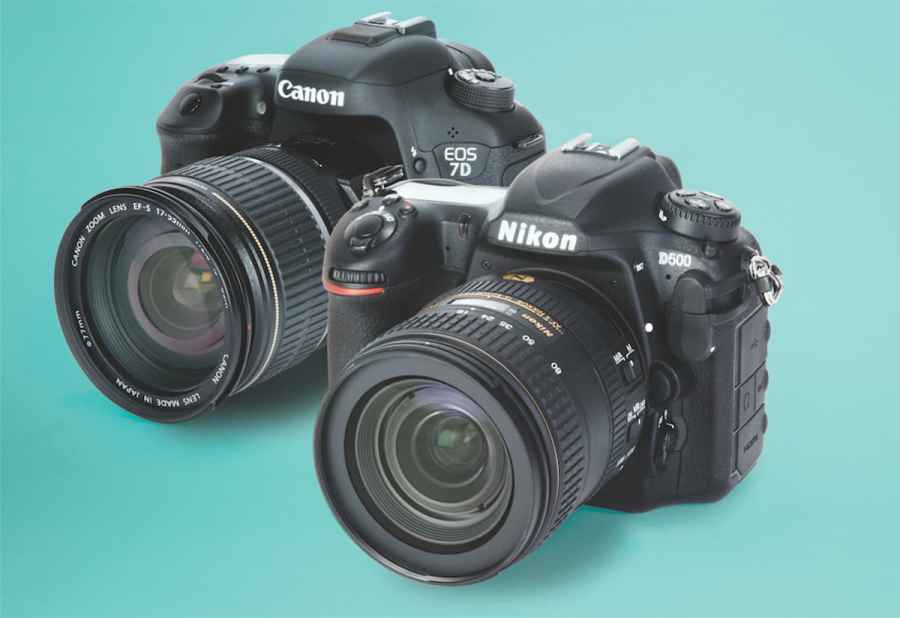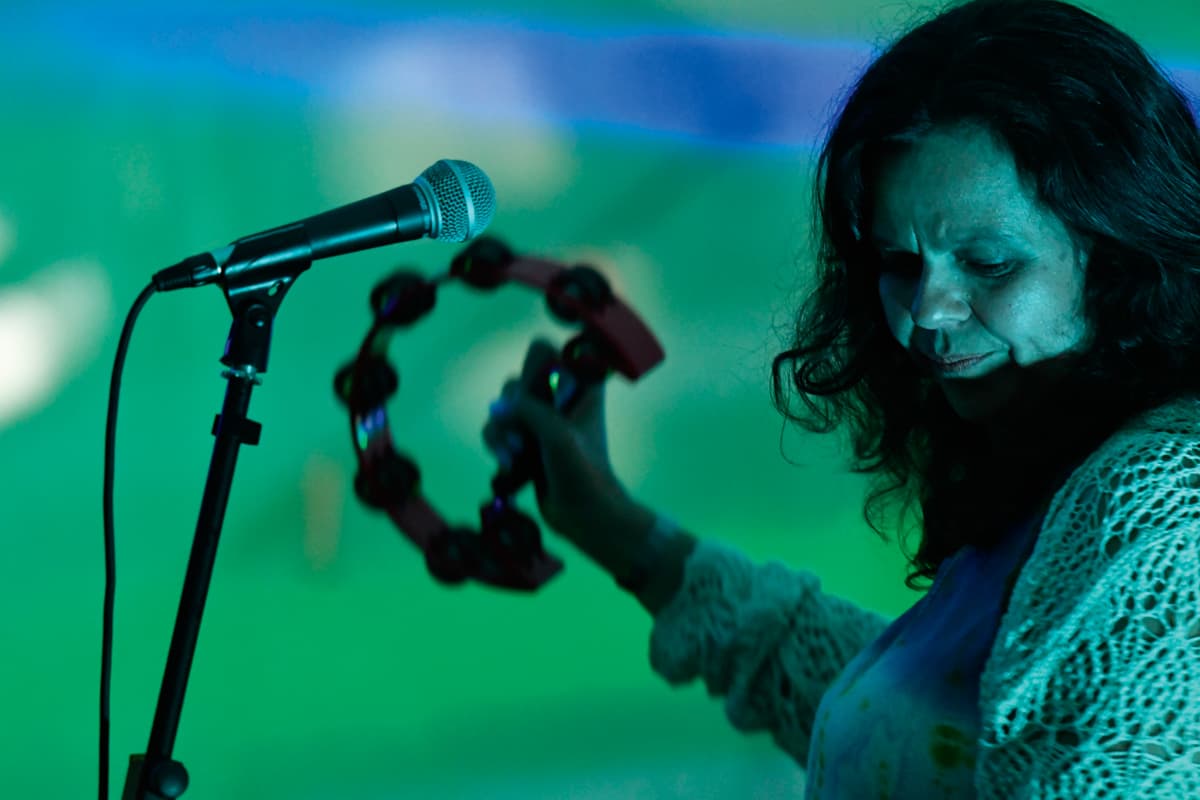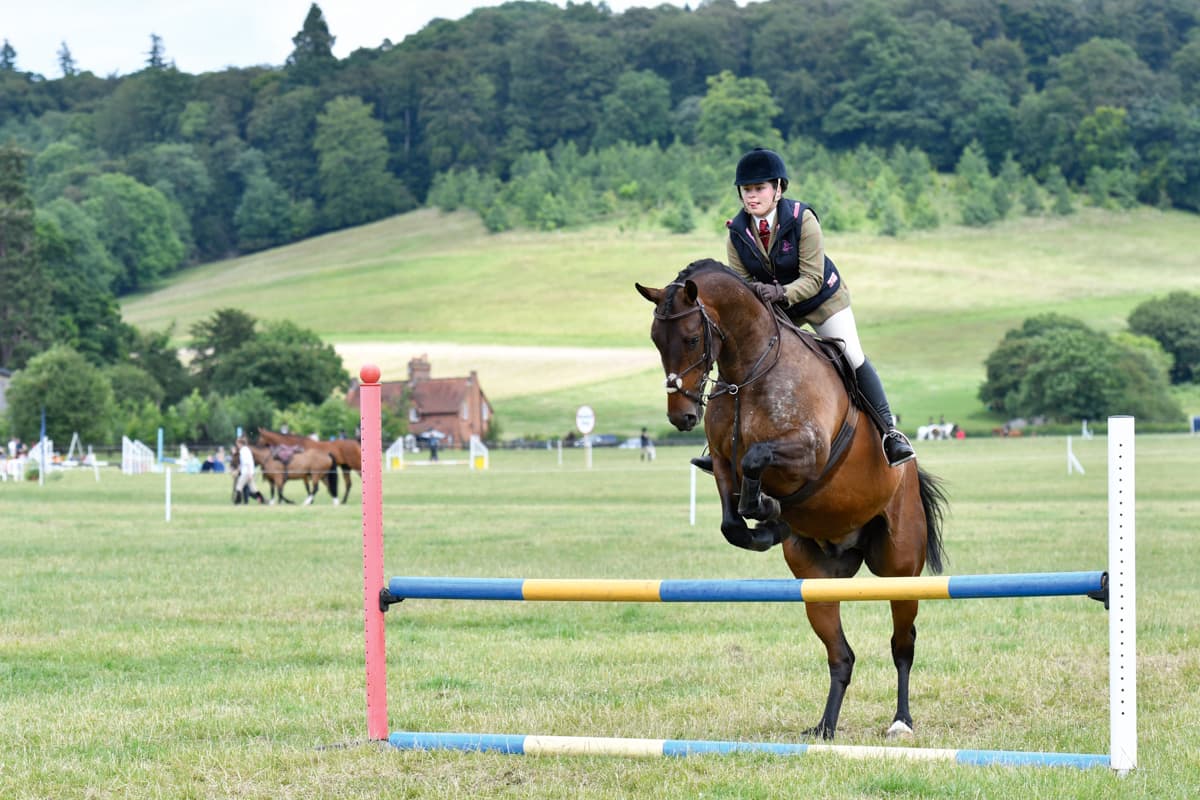Canon EOS 7D Mark II vs Nikon D500: Introduction
Prior to the D500, the last Nikon APS-C-format DSLR that could really be regarded as a high-end enthusiast or semi-professional level model was the D300s. This was announced back in July 2009, when Nikon was firmly wedded to the belief that 12 million pixels was enough. What’s more, the D300S was a relatively modest upgrade to the D300, which dated from two years earlier.
While both were great cameras in their day, time and technology marches on, and in 2010, Nikon began to introduce DSLRs such as the D7000, which sat below the D300S but had higher pixel counts. Nikon enthusiasts began to rub their hands together anticipating a new model that most expected to be called the D400.
However, such a camera conspicuously failed to appear, and in its absence many potential buyers began to consider the 24MP D7100 introduced in 2013 and the full-frame D600 from 2012. Again, they were both good cameras but neither quite matched the D300S for build, shooting speed and burst depth.
When Canon introduced the EOS 7D Mark II in September 2014, Nikon users could only look enviously at its specification, which was aimed specifically at serious enthusiasts and semi-pro photographers wanting an all-rounder that was fast enough to shoot sport at a high level. This situation continued until January this year when – just when many users had stopped believing it would happen – Nikon introduced a new top-flight APS-C-format DSLR, skipping the D400 moniker in favour of the D500.
As the D500’s natural competitor is the Canon EOS 7D Mark II, we’re pitching the two together head-to-head to find out if the older Canon favourite can live up to the challenge from Nikon’s young buck.
Why go for APS-C format?
At one time, APS-C-format DSLRs were the only real choice for most enthusiasts because full-frame models were so expensive. Today, however, both Canon and Nikon offer much more affordable full-frame models.
So why do so many photographers want a high-end APS-C-format camera? You only have to compare the specification of the Nikon D500 with the pro D5 to see the most convincing argument – price. The sensor inside a full-frame camera is its most expensive component and using a smaller unit cuts the cost considerably, even if, as in the case of the D5 and D500, most of the rest of the technology is the same.
Another persuasive reason is that many photographers have built up a collection of compatible lenses. Although in Nikon’s case these DX optics can be used on a full-frame (FX) body, there seems little point if you’re only going to use an APS-C-sized section of the sensor most of the time anyway. Upgrading to full-frame lenses incurs significant additional cost.
In the early days of digital SLRs, the focal length magnification brought by an APS-C-format camera was a disadvantage because very few wideangle lenses were available. Today that position has changed significantly, and wide-angle photography can be enjoyed by owners of both types of camera.
However, APS-C-format users have the advantage of a little extra ‘reach’ from their telephoto optics, which means they can frame distant subjects tighter and avoid post-capture cropping. It’s particularly useful when shooting sport or wildlife – key areas for the target audience of the EOS 7D Mark II and D500.
One argument that doesn’t hold quite so well today is the difference in size. Stepping down from a full-frame DSLR to an APS-C-format model does result in a reduction in size, but there are far smaller compact system cameras available.
Canon EOS 7D Mark II vs Nikon D500: Features
Canon EOS 7D Mark II: Features
Inside the Canon EOS 7D Mark II is a 20.2MP APS-C- format sensor, which unlike the D500’s has an optical low pass filter (OLPF). This should ensure moiré patterning is kept at bay, but it could mean it’s less able to capture really fine detail. However, its Dual Pixel CMOS technology enables much-improved AF in live view and video mode.
The sensor is coupled with a DIGIC 6 processing engine, and together, they enable a maximum continuous shooting rate of 10 frames per second (fps) for up to 31 raw files when a UDMA 7 CompactFlash card is used. This burst depth can be extended to 1,030 JPEGs if you can do without raw files.
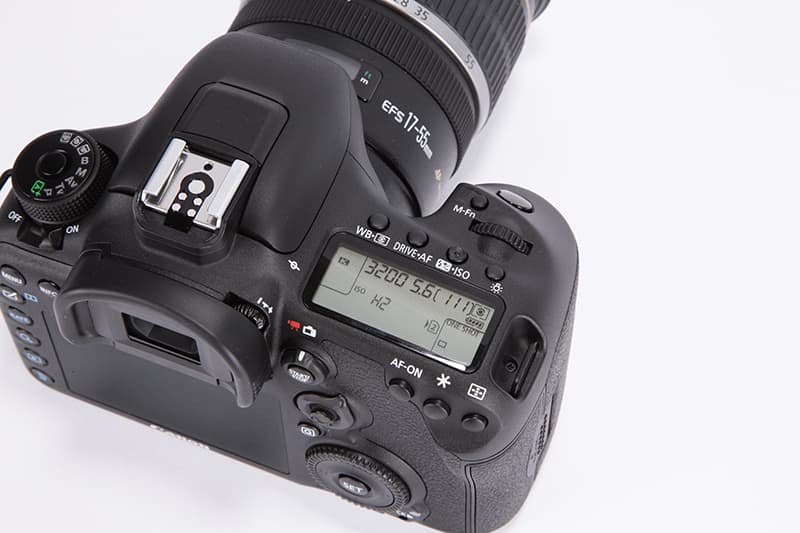
When it was introduced the 7D Mark II had the highest native sensitivity setting of any Canon DSLR, (ISO 16,000), but that and the highest expansion setting (ISO 51,200) seem low in comparison to the D500’s native maximum of ISO 51,200 and uppermost expansion setting of ISO 1,640,000. Nevertheless, the low-light capability, fast frame rate and high-specification AF system (which will be covered later on) make the 7D Mark II a great choice for enthusiasts who want to get serious about shooting sport, action and wildlife.
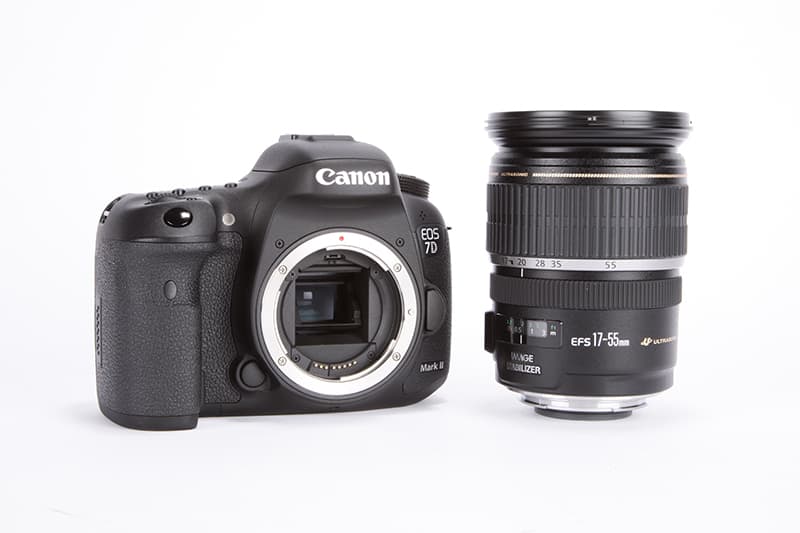
As its LCD dates back to before the time when Canon really embraced touch-control, there’s no point in tapping on the (fixed) 3in 1.04-million-dot screen. But most experienced Canon users will find they quickly get to grips with the camera’s operation. On the back there’s a sprung selection lever around the multi-controller. This acts as a controller for the main dial on the top-plate, enabling it to be used to adjust a setting selected via the Customisation menu. I prefer to use it to allow me to change sensitivity quickly, but it can also be used to set the AF point, AF point-selection mode, AE lock, AE lock hold, switch to a registered AF point or access exposure compensation. Meanwhile, I like to use the multi-controller to adjust the AF point directly.

Helpfully, in shooting mode the creative photo button provides a quick route to the picture style, multiple exposure and HDR options. In review mode it allows you to compare two images side-by-side for rating using the Rate button. It’s a really useful way of spending ‘downtime’ between shots because the ratings allow you to find your best images quickly once they are downloaded.
Nikon D500: Features
With 20.9 million effective pixels on its CMOS sensor, the Nikon D500 has a slightly higher resolution than the 7D Mark II that’s hardly worth mentioning, save for the fact there’s also no low-pass filter that could also give it a slight edge for recording detail. And as mentioned earlier, there’s a phenomenal sensitivity range topping out at the equivalent of ISO 1,640,000 made possible by the new sensor and Expeed 5 processing engine. However, the top ISO settings give poor quality.

Like the 7D Mark II, the D500 can shoot at a maximum continuous rate of 10 frames per second for up to 200 14-bit lossless compressed raw files. This therefore enables more of the action to be recorded in one blast of raw files, giving greater scope for adjustment post-capture.
Unlike the 7D Mark II, the D500 has a tilting screen that’s touch-sensitive. Measuring 3.2in across the diagonal and with 2.359 million dots, it’s bigger and more detailed than the 7D Mark II’s. That’s not to say the Canon screen is bad – far from it – but the D500 shows just a little more detail, while the tilting mechanism is especially useful for anyone making use of the 4K video capability.
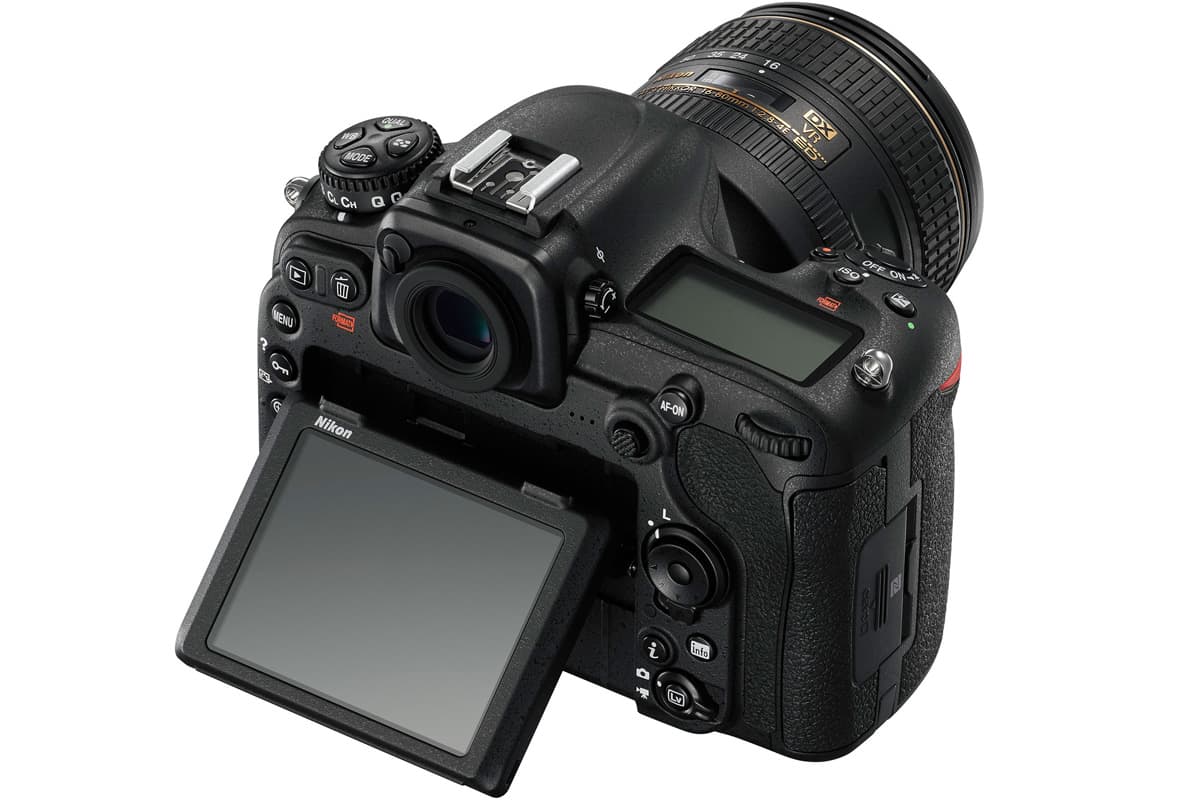
Disappointingly, Nikon has restricted the use of the touchscreen to setting the AF point in live view and video mode, scrolling through images with a swipe and double-tapping to zoom in to check sharpness. It would be nice to be able to navigate the menu and make setting selections with it as well, but it’s not possible.
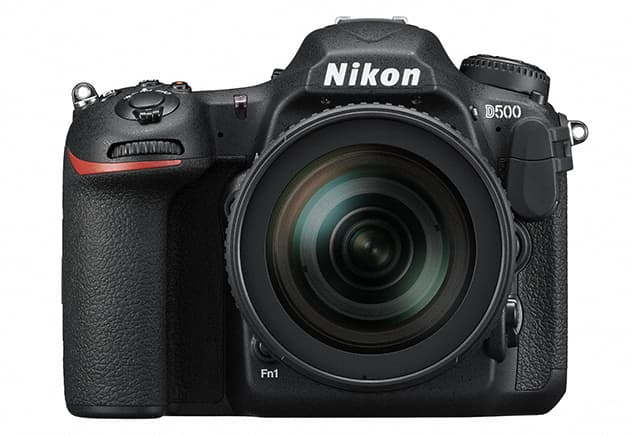
Using the two cameras interchangeably, it doesn’t take long before you start to become a little frustrated by the comparative slowness of the 7D Mark II. The D500 just seems a little more responsive, and unlike the 7D Mark II there’s no need to press the shutter release to activate the AF system before you can move the AF point; instead, just nudging the Nikon controller is enough. And if you want to move the point right across the frame you just need to push and hold the controller across instead of the nudge-and-release, nudge-and-release action that is required by the Canon camera.

One irritation with the D500, however, is that the options revealed by pressing the i-button seem rather random, and it can’t be customised. In addition, the information screen activated by pressing the Info-button isn’t interactive.
Canon EOS 7D Mark II: Dynamic range, resolution and noise
Dynamic range
Our Applied Imaging tests reveal a high dynamic range at the lower sensitivity settings, but it starts to fall more noticeably from above ISO 400. The decline is steady and although the 7D Mark II is second to the D500 at the lower settings, at ISO 6,400 the roles are reversed. The differences are slight, but Canon has managed to maintain dynamic range just a little better at the high ISOs.

Canon EOS 7D Mark II – Dynamic Range
Resolution
Thanks to its 20.2MP sensor the 7D Mark II can record around 3,000l/ph from ISO 100 up to around 800. Naturally some fall-off starts above this, but detail levels are maintained well up to around ISO 16,000, where our tests still register 2,800 l/ph. Above this we’re into the expansion settings and there’s a sharper decline to around 2,000l/ph at ISO 51,200. Noise is also controlled well up to ISO 6,400.

JPEG ISO 100
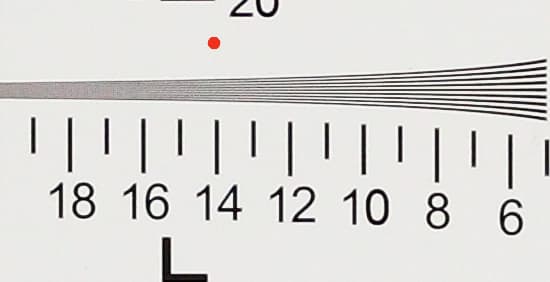
JPEG ISO 1600
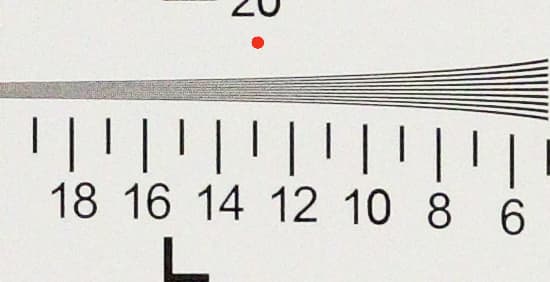
JPEG ISO 6400

JPEG ISO 51,200
Noise
At low sensitivity values the 7D Mark II produces very attractive images with pleasantly saturated, slightly warm JPEG colours in the default settings. Noise is controlled very well, but if you can, it’s definitely best to keep to ISO 6,400 or lower. ISO 25,600 is a step too far for most situations and even ISO 12,800 for some. Colours stand up well, but darker tones start to become mushy and lacking in detail.

JPEG – ISO 1600
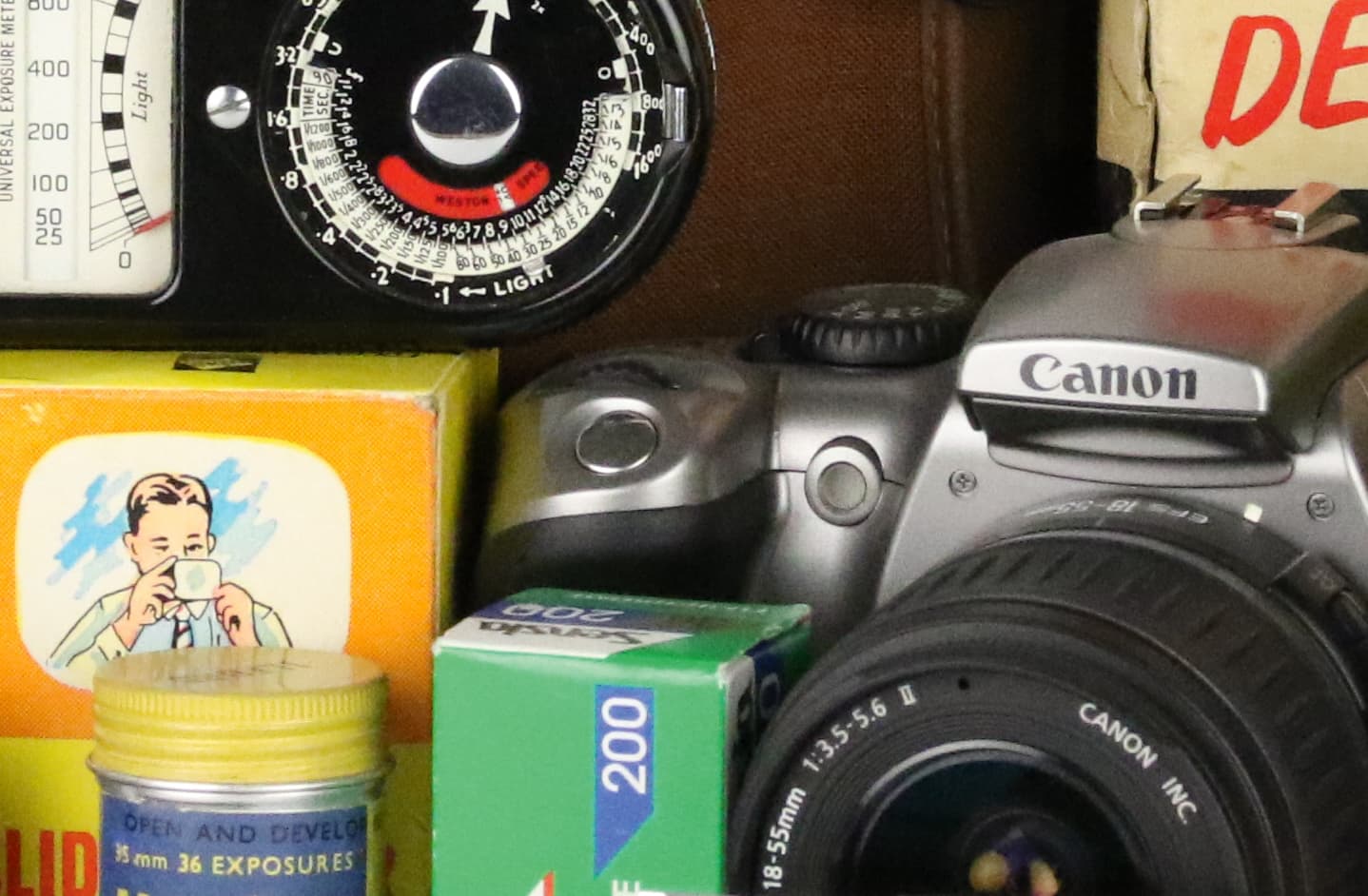
JPEG – ISO 6400
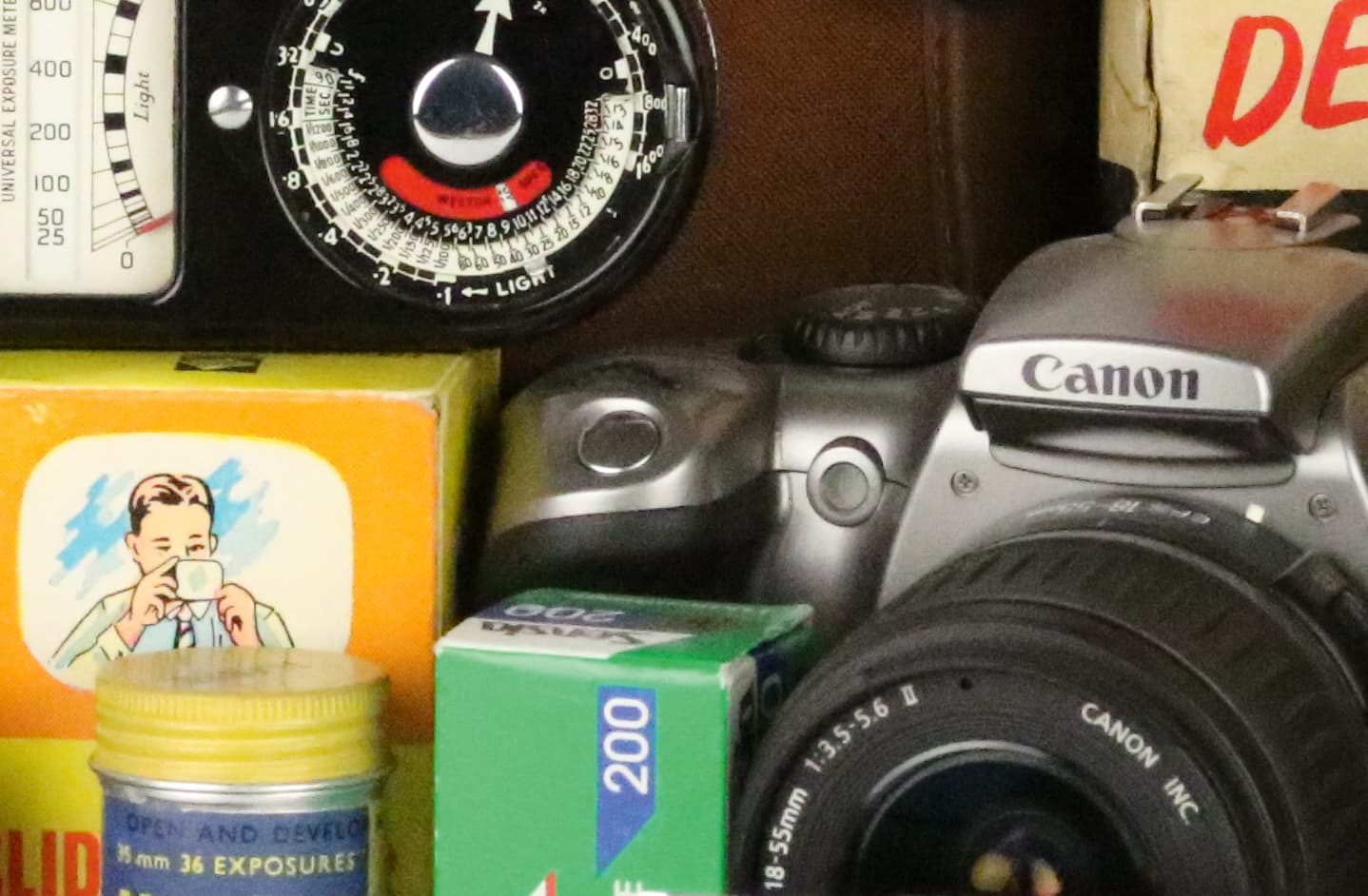
JPEG – ISO 12,800

JPEG – ISO 25,600
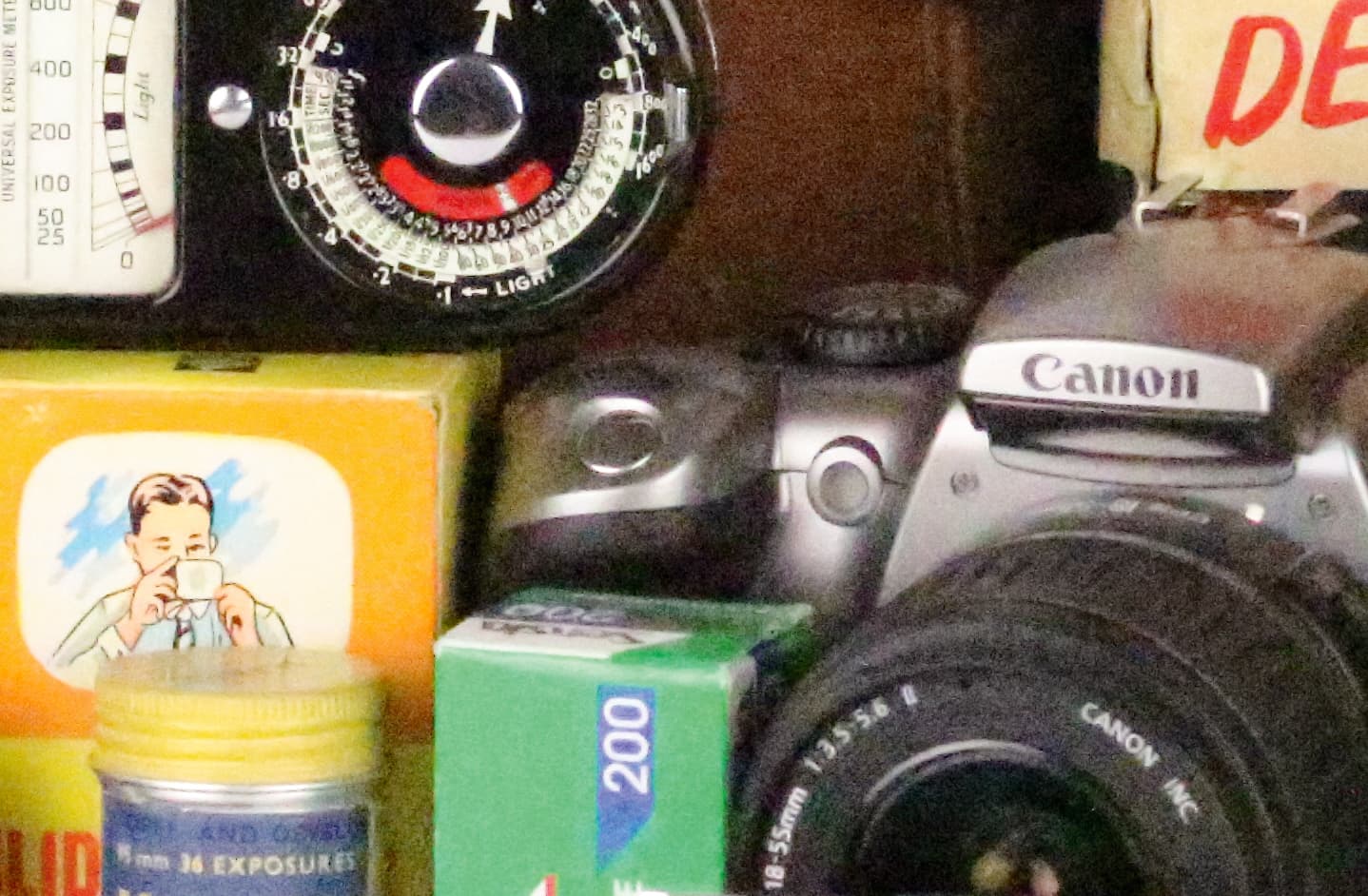
JPEG – ISO 51,200
Nikon D500: Dynamic range, resolution and noise
Dynamic range
At the lower sensitivity settings the D500 achieves very impressive scores in our Applied Imaging tests; in fact its dynamic range doesn’t drop below 12EV until the sensitivity is over ISO 800. However, at ISO 6,400 and over, it drops just below the performance of the 7D Mark II, diving below 6EV above ISO 51,200. High-sensitivity images require much more careful handling during processing than lower-resolution shots.

Nikon D500 – Dynamic Range
Resolution
From the lowest sensitivity values, up to and including ISO 3,200, the D500 captures an impressively high level of detail, and it beats the 7D Mark II throughout its range. It particularly impresses at ISO 50-400, scoring 3,400l/ph in JPEG files and almost 3,800l/ph in raw files. However, at ISO 204,800 the results look very poor with a green cast of noise becoming visible.
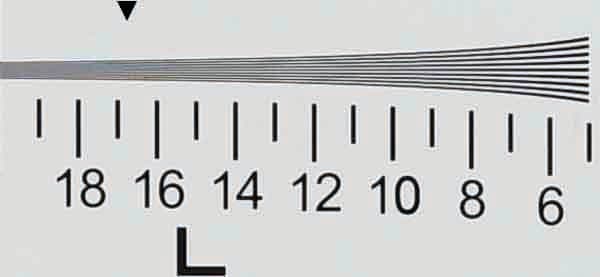
JPEG ISO 100
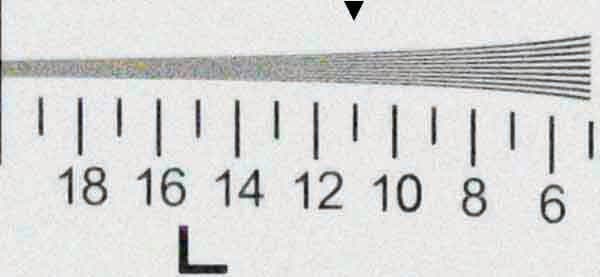
JPEG ISO 51,200

JPEG ISO 6400
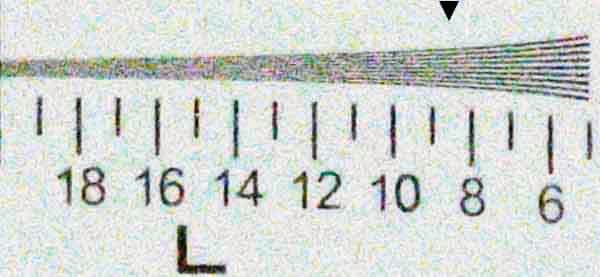
JPEG ISO 204,800
Noise
Noise is controlled well in images shot within the D500’s native sensitivity range (ISO 100-51,200), but, ignoring the slight difference in sharpness/details, there isn’t all that much of a difference between its images and those from the 7D Mark II at the same settings. The results at ISO 204,800 are poor, but at the top three extended settings (ISO 409,600, ISO 819,200 and ISO 1,640,000) they are diabolical.
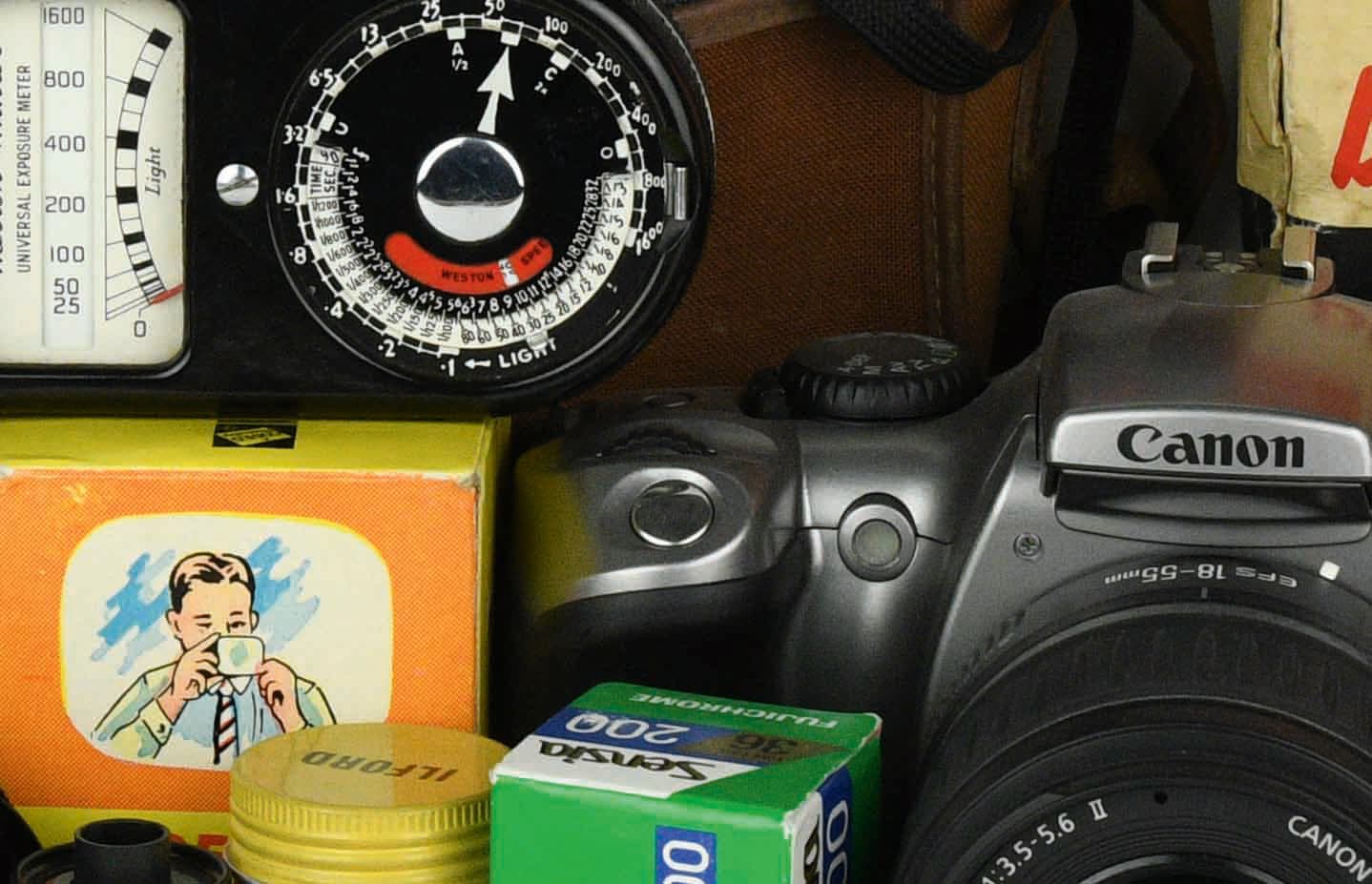
JPEG – ISO 1600
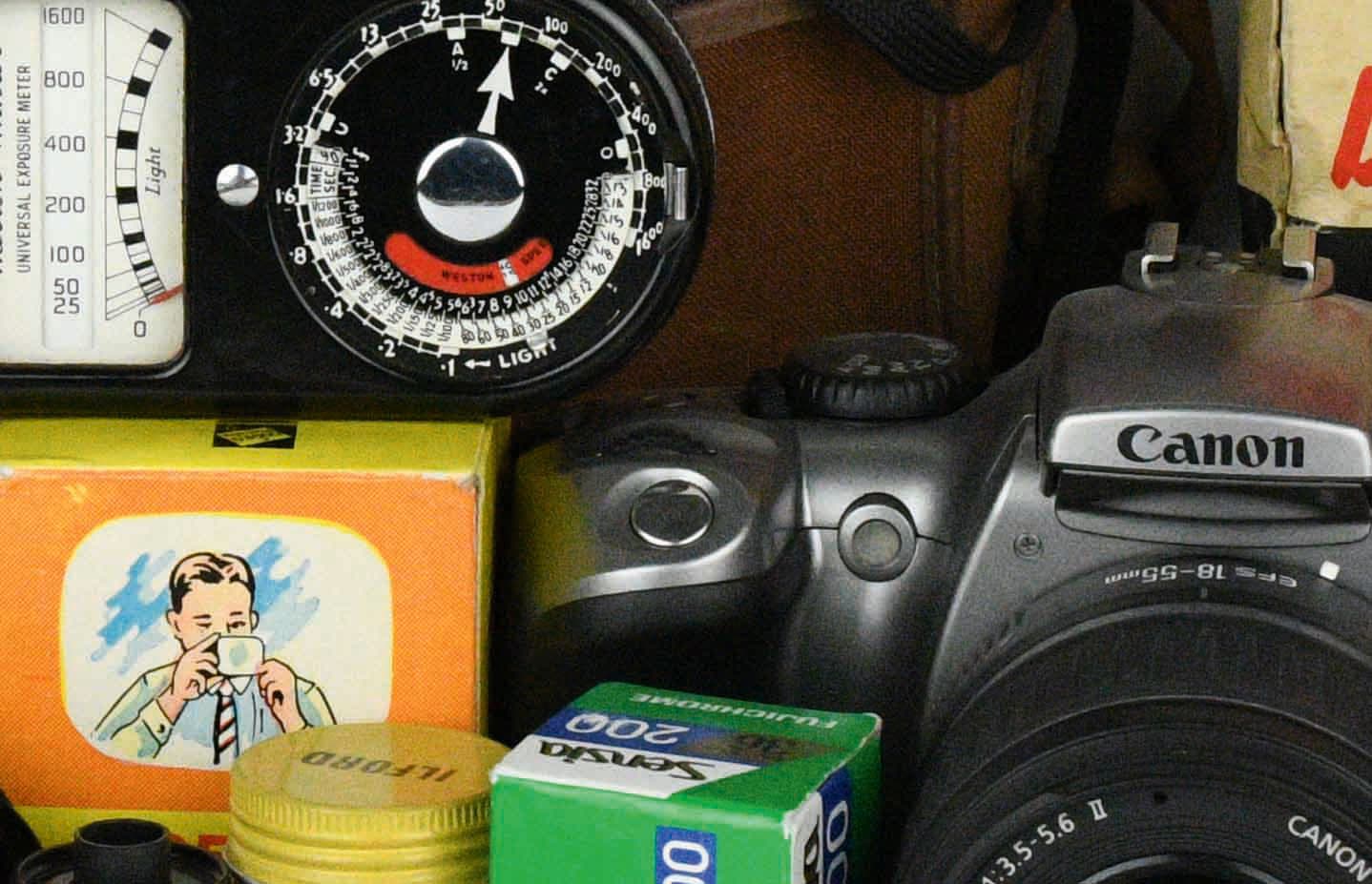
JPEG – ISO 6400
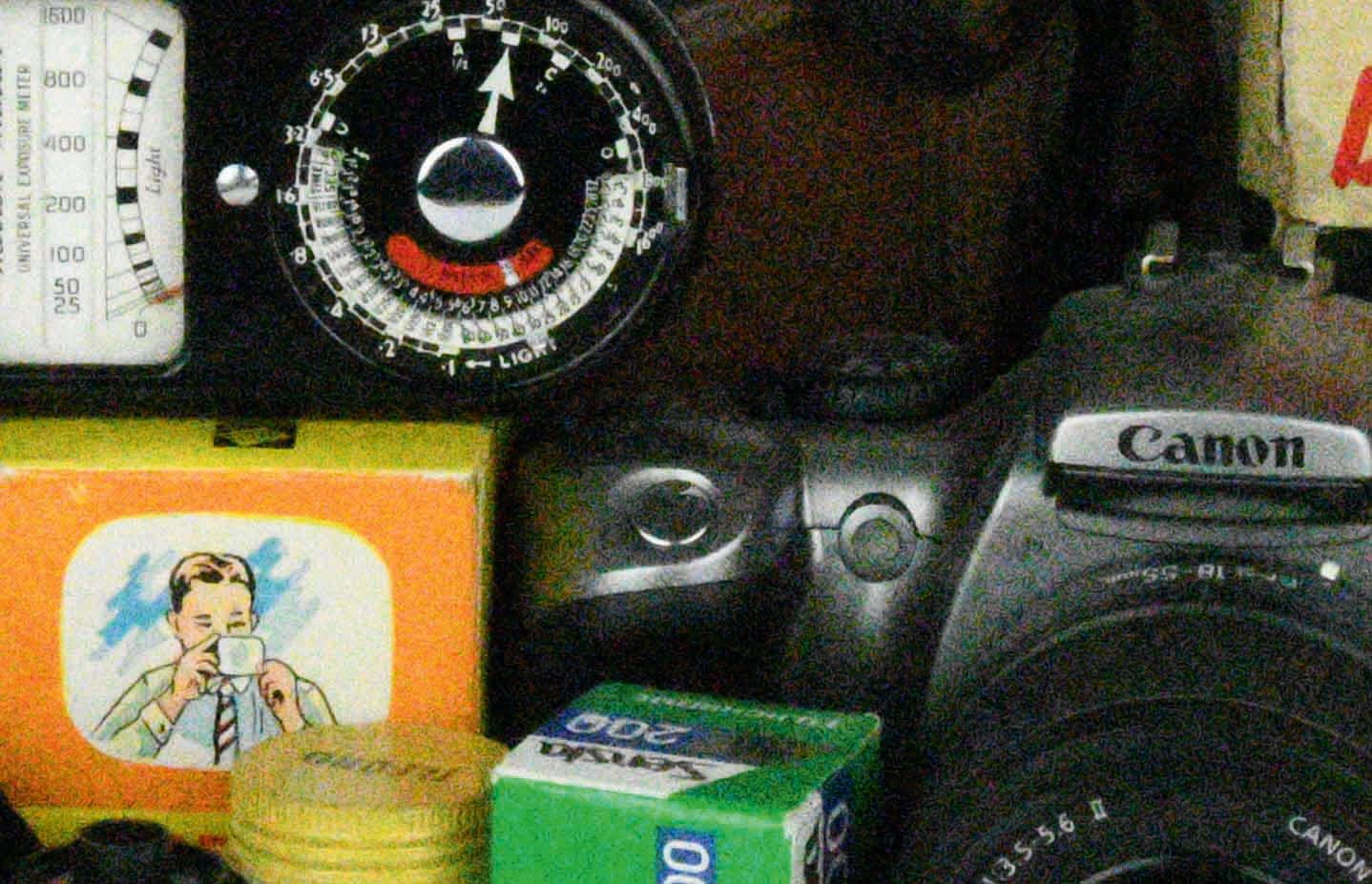
JPEG – ISO 51,200
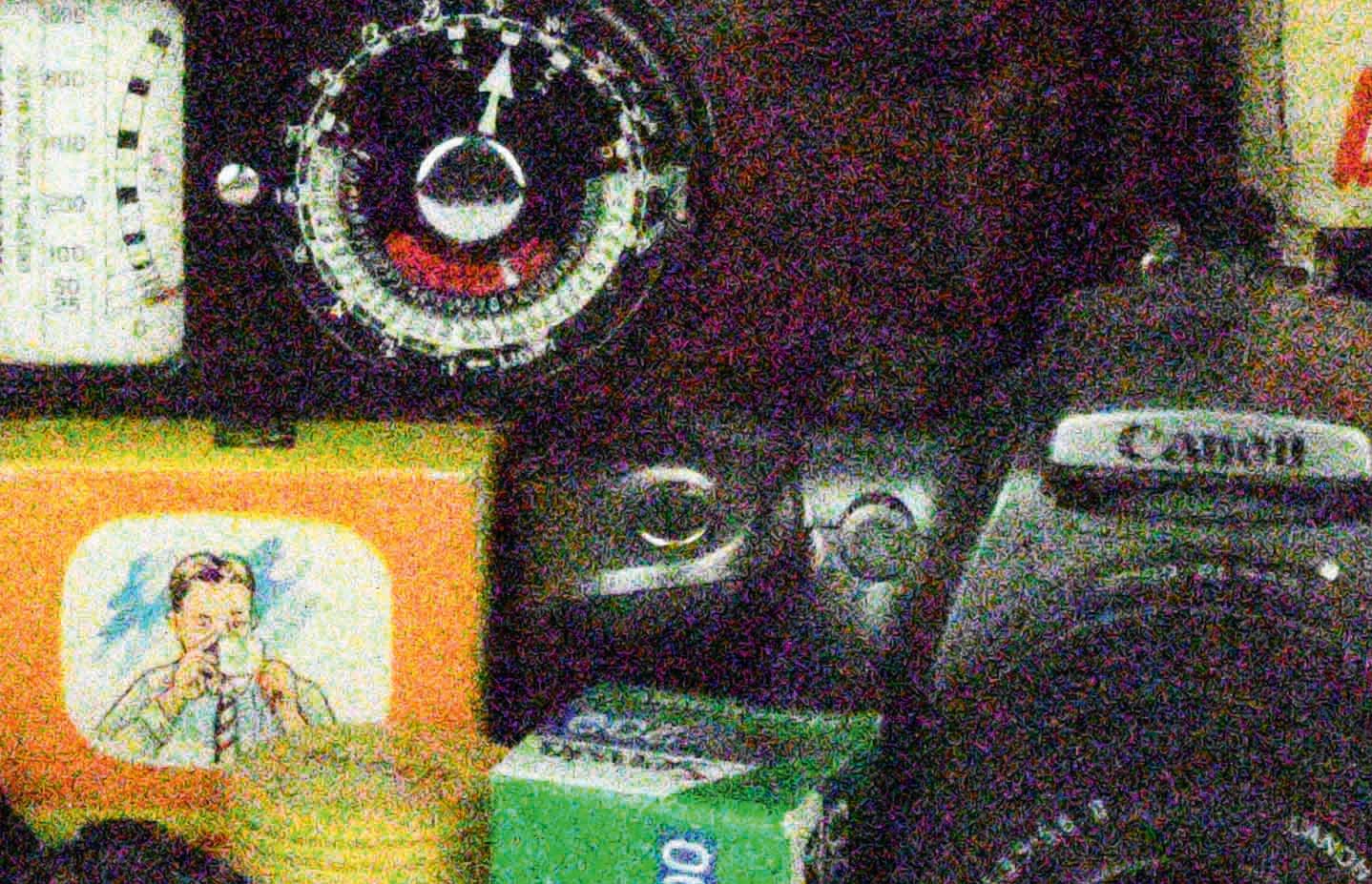
JPEG – ISO 204,800

JPEG – ISO 409,600
Canon EOS 7D Mark II and Nikon D500: Autofocus
Both cameras are billed as being for serious use, and with sport/action photography being high on the agenda they have high-specification autofocusing systems.
The Canon EOS 7D Mark II has a 65-point system with all the points being cross-type and individually selectable. For extra sensitivity, the centre point is dual-cross type when lenses with a maximum aperture of f/2.8 or larger are used.
With lenses or lens and teleconverter combinations that have maximum apertures between f/2.8 and f/8 this point is cross-type.
Meanwhile the Nikon D500 has a total of 153 AF points, of which 99 are cross-type. However, only 55 of them are actually available for selection by the photographer.
The other 98 points are support points that the camera can choose to use if it needs to – they help with tracking moving subjects. Of the 153 points, 15 are capable of functioning with maximum apertures as small as f/8, giving teleconverter users more chances of getting the subject sharp and the camera keeping it that way.
Nikon scores another point from Canon as its AF system is claimed to be sensitive down to -4EV, 1 EV lower than Canon’s, indicating that the D500 is better able to cope with low light.
Each camera has a collection of AF point selection modes that are designed to help you hit a moving target, whether it’s travelling along a predictable path or shifting erratically. In the default settings the D500 makes these options easier to select because the 7D Mark II’s M-Fn button can be hard to locate when you’re looking through the viewfinder. However, the customisable selection lever can be used instead.

Nikon D500
Autofocus settings
Like the EOS 5D Mark III and EOS-1D X before it, the 7D Mark II has a dedicated autofocus section in the menu with a key page giving control over tracking sensitivity, acceleration and deceleration tracking and AF point switching. Their aim is to enable you to tailor the system’s response in AI Servo AF (continuous autofocus) mode to suit the circumstances. Their use is aided by a series of Case Studies, but despite the sporty icons, some photographers can find the descriptions rather confusing, so it’s important to read them carefully to select the best option for any given subject.
The D500 offers similar controls under menu option a3 (focus tracking with lock-on) and although the screen looks less impressive, the two controls are easier to understand. ‘Blocked shot AF response’ determines the speed at which the camera reacts to a change in subject distance while ‘subject motion’ allows you to specify whether the subject is moving erratically or steadily (or half-way between).
The two autofocus systems perform very well in the field, getting moving subjects sharp and tracking them accurately in most situations. However, when comparable lenses are used, the D500’s AF system is just a little quicker, and I find I get a higher hit rate using it.
Canon EOS 7D Mark II and Nikon D500: Verdict
From the moment I first used the Canon EOS 7D Mark II following its launch in September 2014, I thought it was a brilliant camera. With the exception of Wi-Fi connectivity, it had just about every feature I wanted in a tough, weatherproof body.
Its blistering 10fps shooting rate is perfect for shooting sport and its 65-point AF system is fast and accurate. And although some find its customisation options confusing, these can be extremely useful.
The evaluative metering system is also good, balancing the brightness of the scene well in most situations.
The fact that the 7D Mark II’s specification compares so well with that of the Nikon D500 is a mark of how far ahead of the game it was at the time it was announced. However, there are little tell-tale signs of its age now.
For example, the D500 doesn’t make huge use of its touchscreen functionality, but it makes reviewing images much more intuitive. I know it’s only using swipes and screen taps instead of pressing buttons, but I somehow feel more immersed in the images. It would be nice if Nikon could add an on-screen rating button to tag images before they are downloaded though.
Compared to the EOS 7D Mark II’s fixed screen, the D500’s tilting screen is also very useful. A vari-angle screen would be even better, helping with low-angle upright shots. Nevertheless, the tilting screen is good for low or high-level, landscape-format images and it’s a godsend for videographers.
Speaking of which, video enthusiasts are likely to be drawn by the D500’s 4K capability. However, its live view and video AF system are nowhere near as good as the 7D Mark II’s. Seasoned filmmakers will be used to shooting with manual focus anyway, but it’s disappointing that Nikon hasn’t progressed its DSLRs’ live view AF system to include phase-detection focusing.
Nikon’s SnapBridge system makes sharing images a real breeze. I love how the D500 can send images automatically to my phone. Although there are a couple of handling niggles with the D500, its speedy focusing and superb detail make it a really great camera and a worthy winner of this duel. Just don’t get too excited about those uppermost sensitivity expansion settings.


